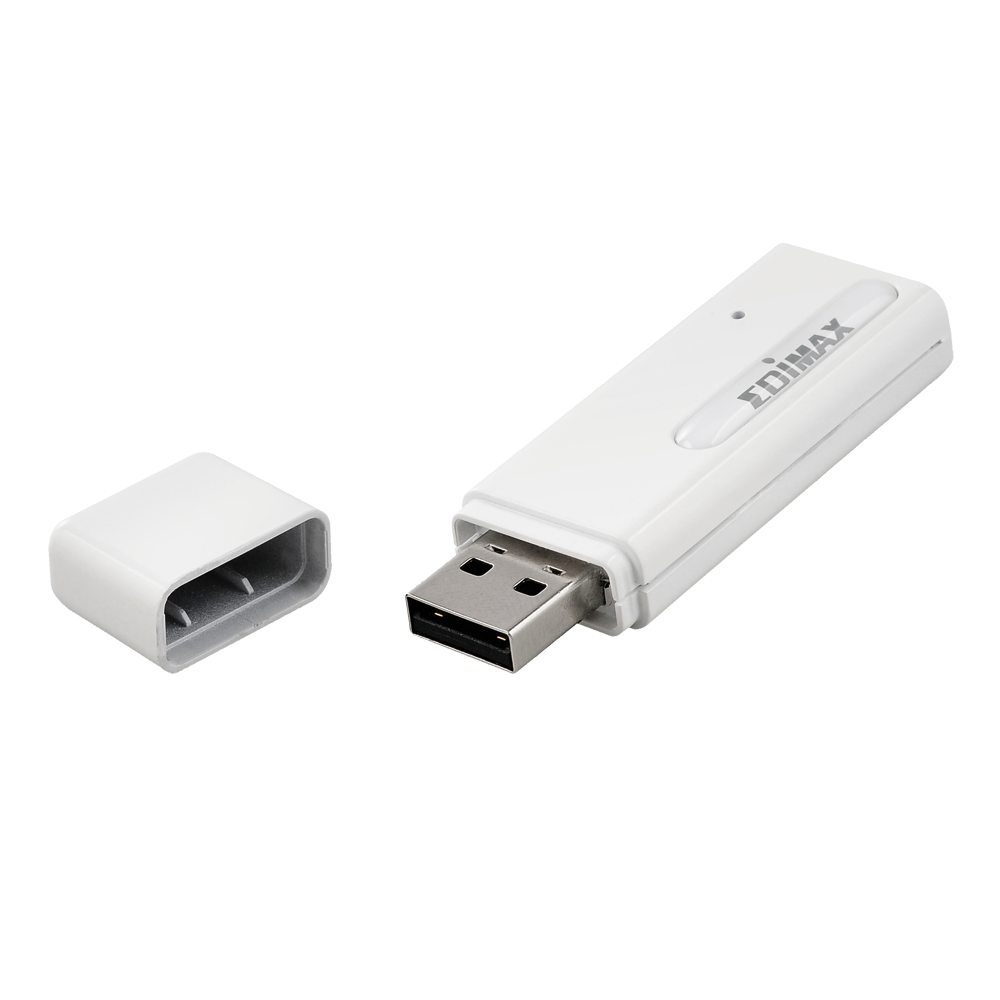TrueCrypt uses encryption algorithms AES-256, Blowfish (448-bit key), CAST5, Serpent, Triple DES, and Twofish. It is based on Encryption for the Masses (E4M) 2.02a, conceived in 1997. Mar 04, 2019 Data encryption uses a special program to scramble the data on your computer, and an encryption key to revert it to its prior, readable state. You can use it to reliably protect the files and folders on your computer in Windows 10.
Biometric factors allow for secure authentication on the Android platform.The Android framework includes face and fingerprint biometric authentication.Android can be customized to support other forms of biometric authentication(such as Iris). All biometric implementations must meet security specificationsand have a strong rating in order to participate in theBiometricPrompt class. Biometrics are measured with theImposterAccept Rate (IAR) and SpoofAccept Rate (SAR).
For more details on biometric security specifications, see MeasuringBiometric Unlock Security.
Download Encryption Software
Source

Android 10
- Introduces the
BiometricManagerclass that developers can use to query the availability of biometricauthentication. - Includes fingerprint and face authentication integration for
BiometricPrompt
Android 9
- Includes fingerprint integration only for
BiometricPrompt. - Deprecates the FingerprintManager class. If your bundled and system apps usethis class, update them to use
BiometricPromptandBiometricManagerinstead. - Updated the
FingerprintManagerCTS verifier tests to testBiometricPromptusingBiometricPromptBoundKeysTest.
Implementation
To ensure that users and developers have a seamless biometric experience,integrate your biometric stack with BiometricPrompt. Devices thatenable BiometricPrompt for any modality, including face,fingerprint, and iris, must adhere to these strengthrequirements. If they don't meet the strength requirements, then theycan't implement this class.
To integrate your biometric stack with BiometricPrompt andBiometricManager:
- Ensure that your <Modality>Service is properly hooked up to
BiometricServiceand hooks theauthenticate()method. Common modalities (fingerprint, face) extend from a common superclass.If you need to integrate an unsupported modality, follow the fingerprint/faceexample and the CDD guidelines for biometrics. - Ensure that your new modality is properly supported in SystemUI.There are default
BiometricPromptuser interfaces for fingerprint and face - Update the framework to honor
KEYGUARD_DISABLE_*flags for the added biometrics. - Ensure that your device passes the CTS and CtsVerifier tests for every modalitythat you've integrated into
BiometricPrompt/BiometricManager. For example, ifyou have both fingerprint and face, the tests must pass individually for each ofthem.
Data Encryption Tkip Aes
Use theandroidx.biometric support library demo app to test your implementation. This library is updated regularly with new use cases.HAL implementation guidelines
Follow these biometric HAL guidelines to ensure that biometric data isnot leaked and is removed when a user isremoved from a device:
- Make sure that raw biometric data or derivatives (such as templates) arenever accessible from outside the sensor driver or secure isolated environment(such as the TEE or Secure Element).
- If the hardware supports it, limit hardware access to the secure isolatedenvironment and protect it with an SELinux policy. Make the communicationchannel (for example, SPI, I2C) accessible only to the secure isolated environmentwith an explicit SELinux policy on all device files.
- Biometric acquisition, enrollment, and recognition must occur inside thesecure isolated environment to prevent data breaches and other attacks. This requirement only applies to strong biometrics.
- Store only the encrypted form of biometric data or derivatives on the filesystem, even if the file system itself is encrypted.
- To protect against replay attacks, sign biometric templates with a private,device-specific key. For Advanced Encryption Standard (AES), at a minimum sign atemplate with the absolute file-system path, group, and biometric ID such thattemplate files are inoperable on another device or for anyone other than theuser that enrolled them on the same device.For example, prevent copying biometric data from a different user on the samedevice or from another device.
- Use the file-system path provided by the
set_active_group()function or provide another way to erase all usertemplate data when the user is removed. It's strongly recommended thatbiometric template files be stored as encrypted in the path provided. If this isinfeasible due to the storage requirements of the secure isolated environment,add hooks to ensure removal of the data when the user is removed or the deviceis wiped.
Customization
If your device supports multiple biometrics, the user should be able tospecify a default in settings. Your BiometricPrompt implementation should preferthe strong biometric as the default unless the user explicitlyoverrides it, then a warning message needs to be displayed explaining therisks associated with the biometric (for example, A photo of you mayunlock your device)
Validation
Data Encryption Wep
Your biometric implementation must pass the following tests:
- CTS BiometricManager
- CTS BiometricPrompt (sanity, in-depth testing relies on verifier)
- CtsVerifier BiometricPromptBoundKeysTest: Must pass individually with each modality that the device supports
- CtsVerifier BiometricTest: Must pass individually with each modality that the device supports.
In addition, if your device supports a biometric that has an AOSP HIDL (fingerprint@2.1,face1.0),it must pass its relevant VTS test (fingerprint,face)
